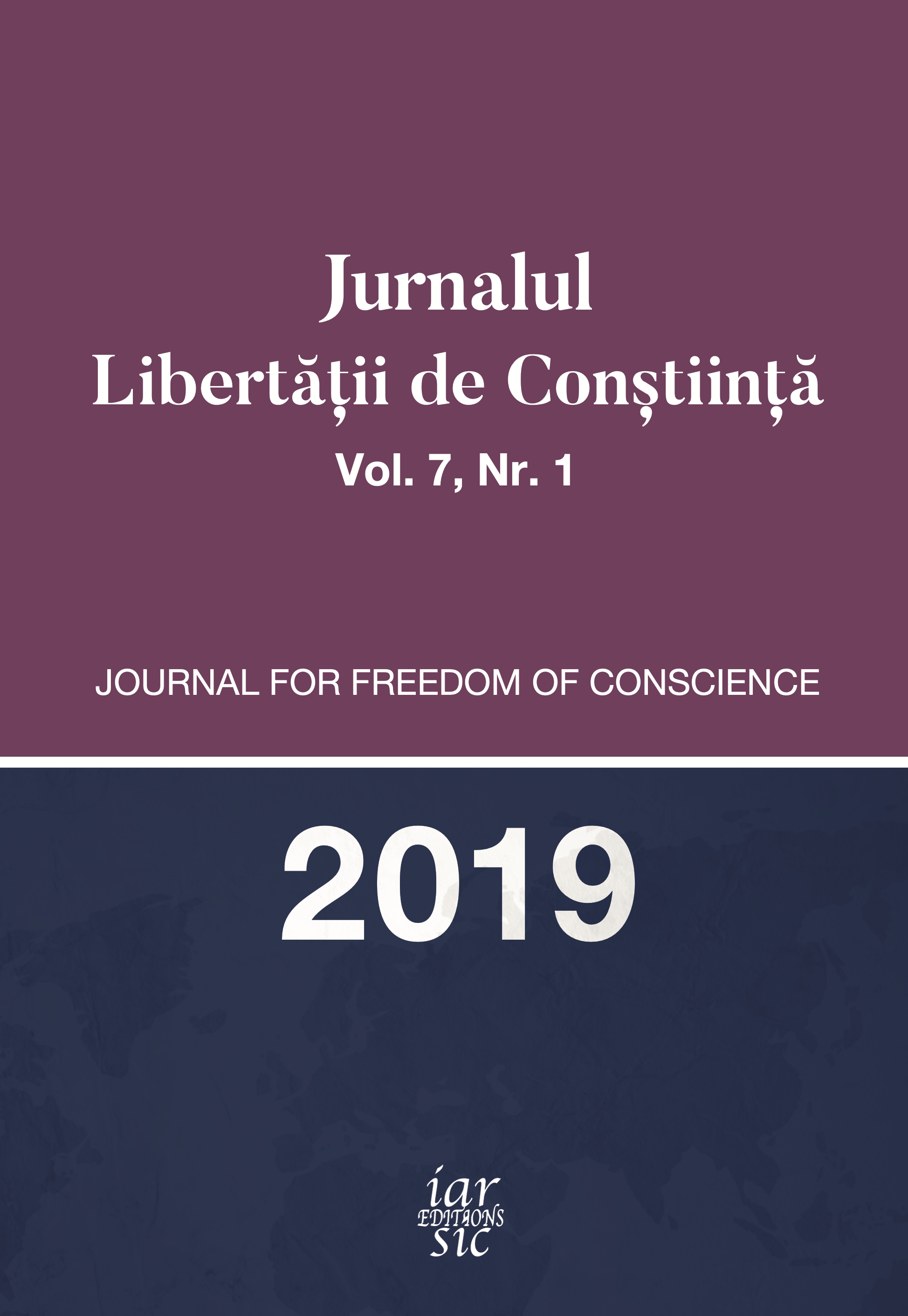THE ROMANIAN MEDIEVAL PRINCIPALITIES BETWEEN ORIENT AND OCCIDENT. GEO-POLITICAL, ECCLESIASTICAL AND SOCIAL CONSEQUENCES
THE ROMANIAN MEDIEVAL PRINCIPALITIES BETWEEN ORIENT AND OCCIDENT. GEO-POLITICAL, ECCLESIASTICAL AND SOCIAL CONSEQUENCES
Author(s): Paul BrusanowskiSubject(s): History, Local History / Microhistory
Published by: Editions IARSIC
Keywords: Romania; Ottomans; regime of estates; politics; feudalism;
Summary/Abstract: The article tries to analyse the perception of the Western regime of estates in the Romanian principalities in the Middle Ages. Since their foundation in the 14th century, the two Romanian principalities were under the strong political influence of Hungary and Poland. In spite of the Orthodox Christianity, Romanian feudalism had, during its first stage, a much wider sense than it had in the Byzantine Empire or in the Balkans, as it included components of a central-European senior-vassal relationship. When Stephen the Great (1457-1504) succeeded to the crown of Moldavia, the Slavic and Byzantine political influence, different from that of the central-European feudalism, got into the country. Stephen adopted a centralized policy, using the influence of the Orthodox Church, which had begun to hold a more significant role, not just in the religious, cultural and economic life, but also in the political regime. One century later, after the setting-up of the Ottoman hegemony, the Romanian countries were neither conquered nor integrated into the Ottoman Empire. They maintained a high degree of autonomy, but their political life was characterized by anarchy, caused by the lack of a solid legal system and of an old-standing succession-settlement. Two concepts on the government began to coexist: the absolutist concept (of Slavic-Byzantine and Ottoman-oriental origins) promoted by the voivodes and, secondly, the political program of the boyars, aiming to establish a regime of estates like in Poland and Transylvania. The history of the two principalities in the 16th and the 17th centuries is about the endeavours of the Romanian nobility to fight against the absolutism and to replace the anarchical fight for power with legality and estates-regime. At the beginning of the 18th century this fight seemed to be won by the Ottoman sultans, who transformed the two vassal Romanian principalities into provinces of the empire, rented to those who offered more money. As a result, the prebendal feudalism of the Ottoman Empire was embedded in the Romanian countries and resisted until the modernization of these countries in the middle of the 19th century.
Journal: Jurnalul Libertății de Conștiință
- Issue Year: 7/2019
- Issue No: 1
- Page Range: 405-419
- Page Count: 15
- Language: English

